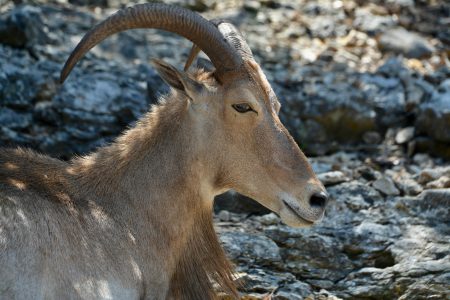A Guide to the Ecosystems of the World: From Tropical Forests to Arctic Deserts

The Earth is home to a variety of ecosystems, each with its own unique characteristics and biodiversity. From the lush rainforests near the equator to the freezing cold of the Arctic deserts, here’s an overview of some of the world’s most fascinating ecosystems.
1. Tropical Rainforests
Tropical rainforests are found near the equator and are home to more species of plants and animals than any other ecosystem on Earth. These forests receive high rainfall year-round and maintain a warm climate. The Amazon Rainforest, the Congo Basin, and Southeast Asia’s rainforests are prime examples of this rich and diverse ecosystem.
Key Features:
- High biodiversity
- Dense vegetation with tall trees
- Home to numerous species of birds, mammals, insects, and plants
2. Temperate Forests
Temperate forests are located in regions with distinct seasons, including spring, summer, autumn, and winter. They are found in parts of North America, Europe, and East Asia. These forests have a moderate climate and receive plenty of rainfall, which supports a variety of deciduous trees, plants, and wildlife.
Key Features:
- Four distinct seasons
- Deciduous trees (trees that lose their leaves in fall)
- Rich soil and diverse wildlife, including deer, squirrels, and a variety of bird species
3. Deserts
Deserts are known for their extreme dryness and harsh conditions. These ecosystems are characterized by low rainfall, high temperatures during the day, and freezing nights. Deserts are found in regions such as the Sahara in Africa, the Arabian Desert in the Middle East, and the Mojave Desert in North America.
Key Features:
- Extremely low rainfall
- Adapted plants and animals (cacti, camels, and nocturnal animals)
- Sparse vegetation and extreme temperature fluctuations
4. Grasslands
Grasslands, also known as savannas or prairies, are expansive ecosystems dominated by grasses with few trees. They are found in regions with seasonal rainfall and are home to large herbivores like bison and zebras, as well as predators like lions and wolves.
Key Features:
- Wide, open spaces with few trees
- Seasonal rainfall and fire-prone areas
- Home to large herbivores and grass-eating animals
5. Tundra
The tundra is one of the coldest ecosystems on Earth, located in the polar regions or at high mountain elevations. It is characterized by low temperatures, low precipitation, and permafrost—soil that remains frozen year-round. Despite its harsh conditions, the tundra supports a variety of life, including mosses, lichens, and cold-adapted animals like polar bears and Arctic foxes.
Key Features:
- Extremely cold temperatures
- Low vegetation, including mosses and lichens
- Unique animal adaptations, such as thick fur and hibernation
6. Oceanic Ecosystems
The world’s oceans cover more than 70% of the Earth’s surface, making them a crucial part of the planet’s ecosystem. Ocean ecosystems are home to countless species of marine life, including fish, whales, corals, and plankton. Coral reefs, in particular, are one of the most biodiverse ecosystems on Earth.
Key Features:
- Rich marine biodiversity, including coral reefs, kelp forests, and deep-sea vents
- Ocean currents and nutrient cycles
- Vital for global climate regulation
7. Arctic Deserts
The Arctic Desert is found in the polar regions, characterized by freezing temperatures, ice-covered land, and little precipitation. The Arctic is an ecosystem defined by extreme cold and darkness for most of the year, but it is still home to specially adapted animals like polar bears, seals, and migratory birds.
Key Features:
- Ice-covered land and very little precipitation
- Adapted species, such as polar bears, seals, and migratory birds
- Long winters with periods of continuous darkness
Conclusion
Each ecosystem around the world is unique and plays an important role in the balance of nature. From the rich biodiversity of tropical rainforests to the icy landscapes of the Arctic deserts, these ecosystems are vital to the survival of countless species, including humans. Protecting these ecosystems is crucial for maintaining the health of the planet.



